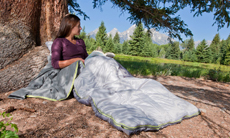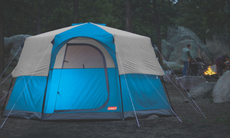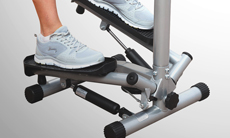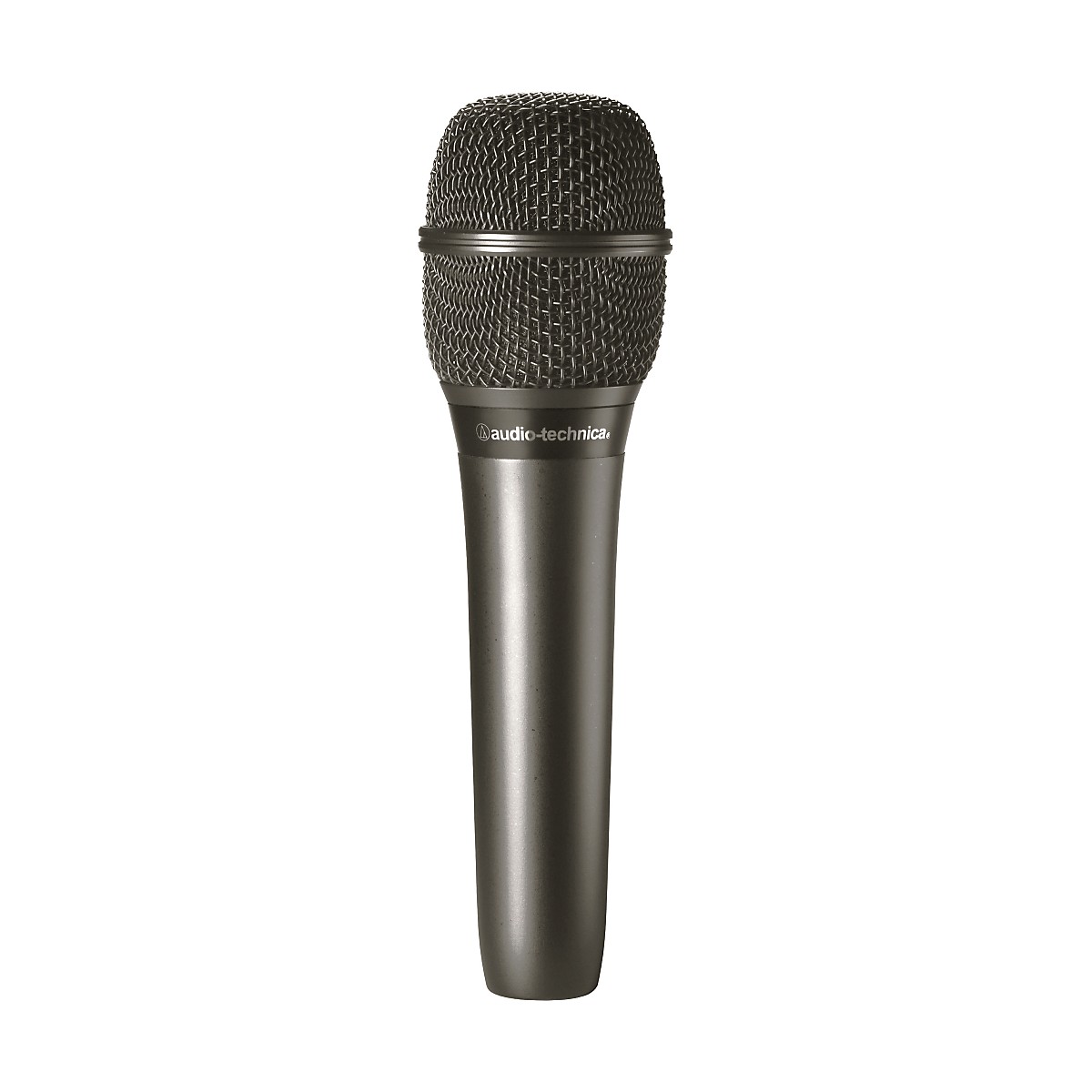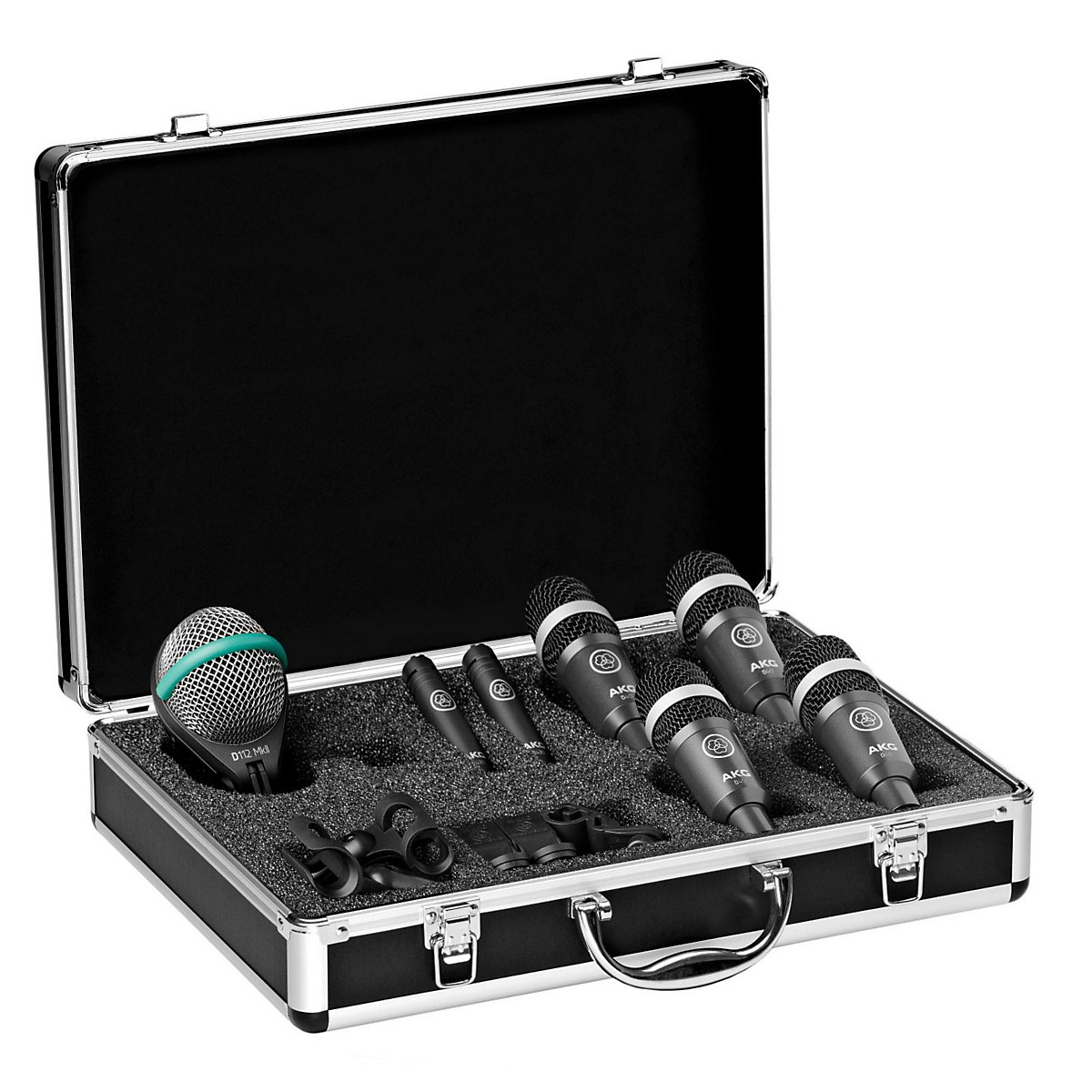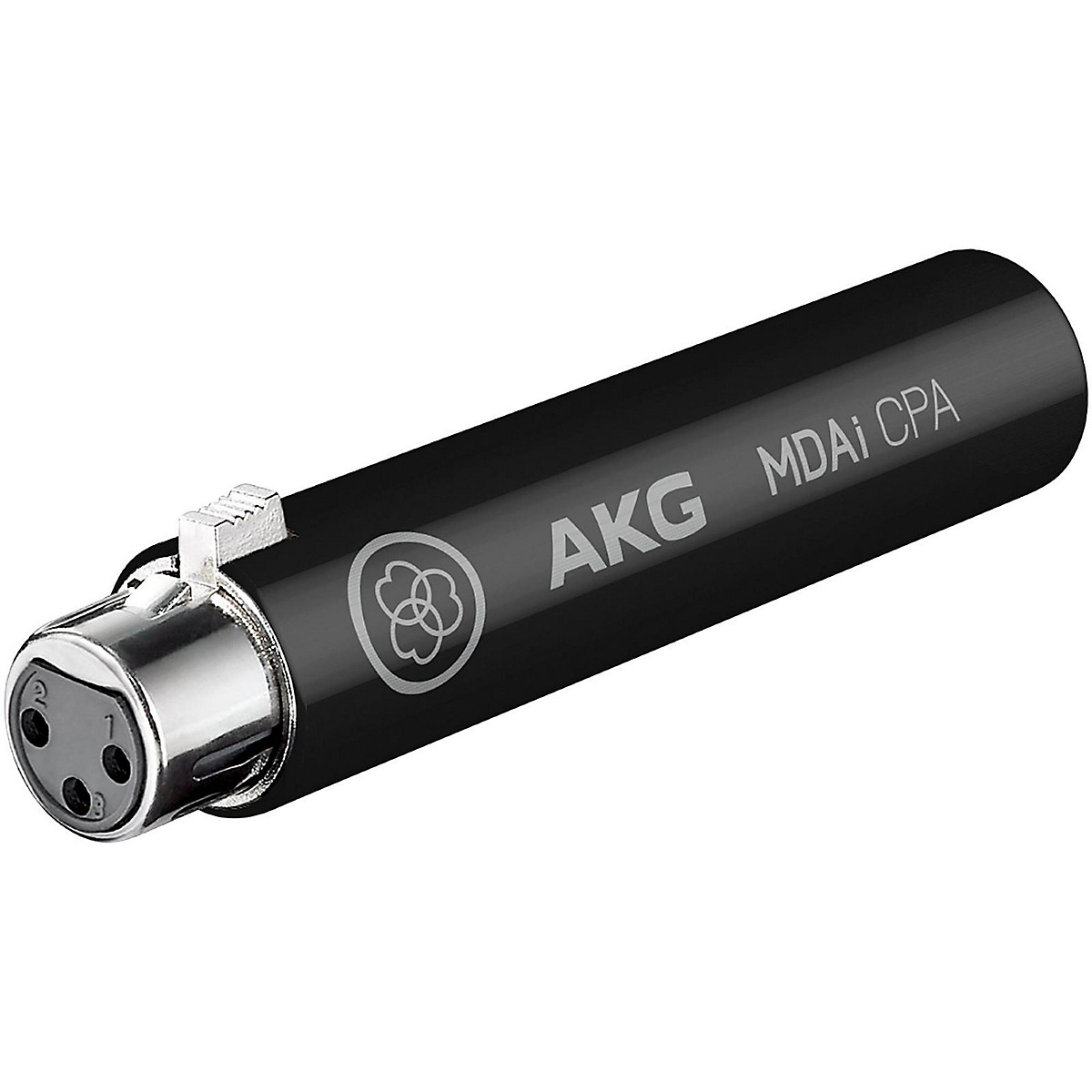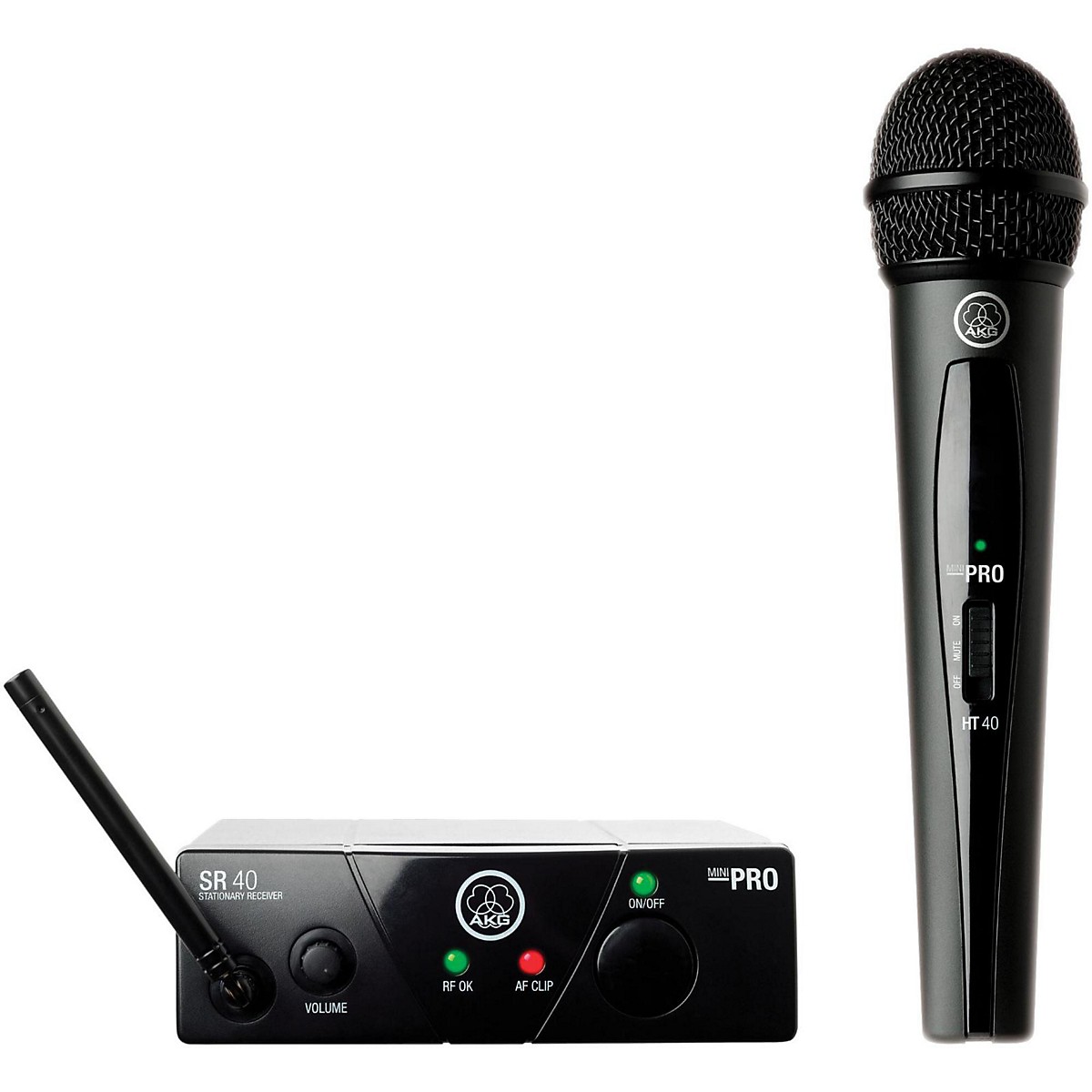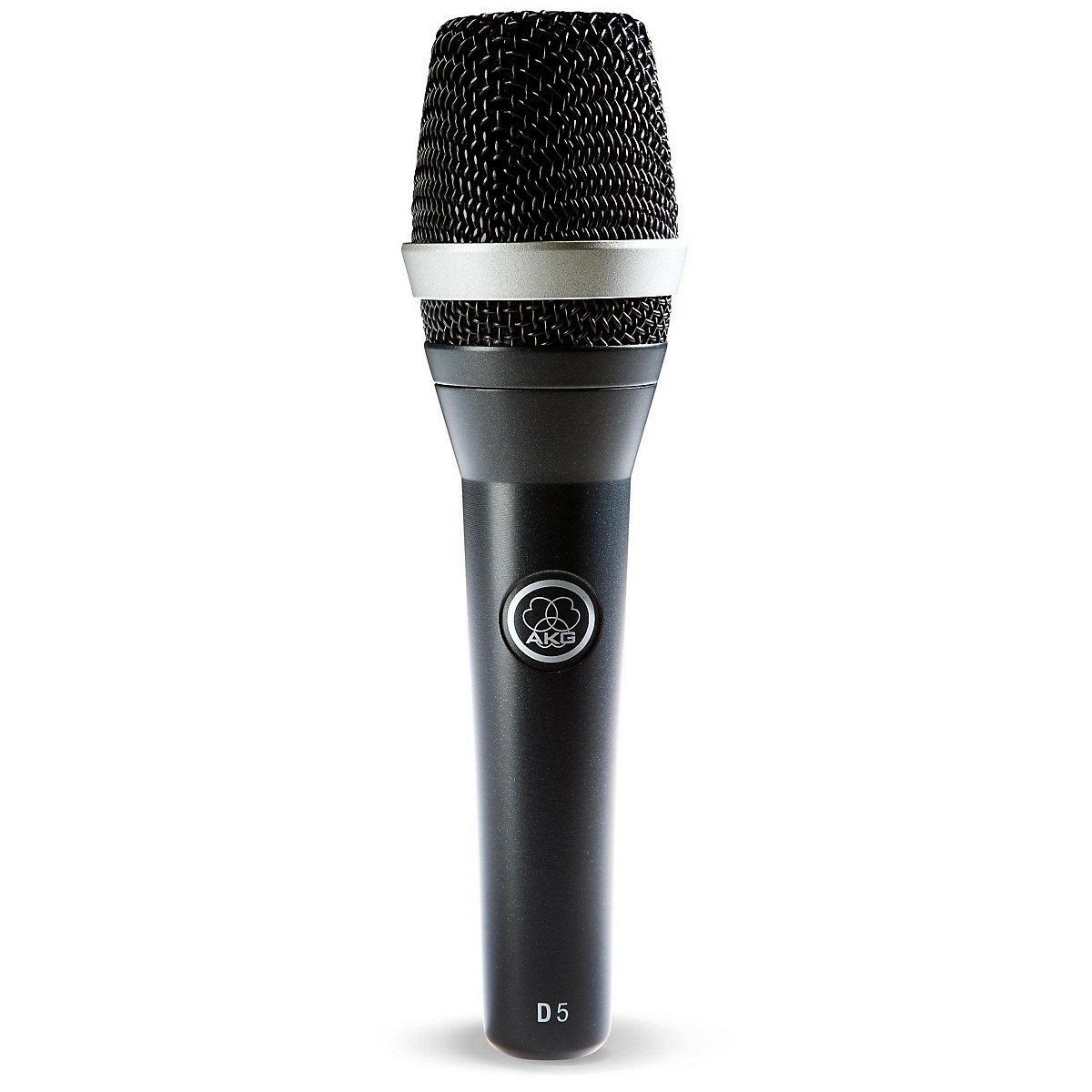- This version of the GLXD14 is configured with a bodypack transmitter and a WL185 cardioid lavalier microphone.
- Optimized for speech, the lav mic delivers natural vocal reproduction for presenters, performers, clergy, and lecturers working on stage and in the studio.
- The mic's cardioid pickup pattern helps to focus audio capture tightly on the subject, helping to pick up less surrounding sound and reducing feedback issues when sound reinforcement equipment is used; a windscreen is provided.
- The mic plugs into the TA4F connector on the rugged, metal GLXD1 bodypack transmitter, which offers an ergonomic design and a comfortable fit with a convenient on/off switch that can be operated by feel.
- Up to 12 hours of operation are supplied by the included SB904 rechargeable lithium-ion battery. A red and green LED indicator shows sync and battery statuses at a glance.
- This configuration includes a metal half-rack receiver with front-panel charging for the SB904 battery and an easy-to-read display that shows pertinent information.
- The system transmits audio with a flat, 20 Hz to 20 kHz frequency response and 120 dB of dynamic range, leaving the sound of your mic unaffected by the wireless components.
- The transmitter's input gain can be wirelessly adjusted right from the receiver's front panel to optimize the audio signal.
- The rear panel provides a balanced XLR output switchable between mic and line levels along with a balanced 1/4" Inst/Aux output.
- GLX-D Dual-Band Digital Wireless systems operate in both the 2.4 and 5.8 GHz frequency ranges, automatically scanning both to select the one that offers the higher number of clean channels.
- The previous GLX-D only worked in the 2.4 GHz range, which offers 83.5 MHz of bandwidth. By expanding into the 5.8 GHz range, the GLX-D provides an additional 125 MHz worth of potential open frequencies for available channels, helping to minimize dropouts and enhance reliability.
- The system offers true digital diversity, which means two antennas and two independent receiver modules work together to reduce RF signal dropouts.
- In addition to the main transmission frequency, the GLX-D is constantly monitoring 2 extra "backup frequencies”, so if the system detects interference, it will switch to one of the backups automatically without the user even knowing.
- Besides the additional spectrum, there are other benefits to in operating in the 5.8 GHz range. In general, there are fewer devices operating in this range, making the spectrum cleaner. The 2.4 GHz range is home for Bluetooth devices and other devices, including Wi-Fi routers and repeaters, security cameras, baby monitors, garage door openers, and more. Operating in this range means competing with these devices for the same space.
- The GLXD1 bodypack transmitter runs on an intelligent SB904 rechargeable lithium-ion battery (included).
- The battery provides up to 12 hours of continuous use on a full charge.
- The SB904 battery can be recharged in the GLXDR4 receiver's charging bay (located on the front panel). The charging bay can also be used to recharge a spare battery while the transmitter is in use.
- Alternately, the SB904 can be recharged while in the bodypack transmitter with a USB charging cable.
- Just a 15-minute quick charge provides 1.5 hours of use.
- The SB904's remaining battery life is displayed in hours and minutes from the receiver's front panel.
- The transmitter automatically powers off after approximately 1 hour to conserve battery life if the signal from a linked receiver is not detected.
- GLX-D receivers typically allow you to run up to 4 mics simultaneously in the same space without using remote antennas and a frequency manager. Under ideal conditions, up to 8 systems can be used this way.
- This GLXDR half-rack receiver includes removable antennas, allowing you to mount the antennas on the front panel for improved reception (cables and hardware included) and expand the system to accommodate more microphone channels.
- If you're only using two or three receivers at once, consider adding the UA221DB-RSMA kit, which includes two passive antenna splitters to route the RF signals from a single pair of antennas to all the receivers. Using only two antennas for all the receivers helps to avoid intermodulation problems for better reception.
- If you need four or more microphone channels, consider adding the GLXD FM Frequency Manager, which allows up to 11 mics to operate simultaneously (16 under highly optimal conditions) making it ideal for installations with multiple wireless systems.
- To maximize signal reception and reliability, consider adding a pair of PA805DB-RSMA Dual-Band Passive Directional Antennas, which offer improved filtering of interference and deliver a 24 dB front-to-back rejection ratio of off-axis signals to improve reception by up to 8 dB.
Presenters
- The WL93 omnidirectional lavalier mic offers consistent pickup, even when the performer turns away from the mic.
- The discreet MX153 miniature earset mic provides exceptional clarity in spoken word applications.
- Shure offers several headset options. Choose a PGA31 headset for everyday applications, or try the SM31 Fitness or SM35 Performance models for more active presentations.
Vocalists/Presenters
- The GLXD2 handheld transmitter is available with a variety of mic capsule options for presenters and performers who prefer the flexibility of a handheld microphone including the SM58, BETA 58A, and BETA 87A capsules.
Guitarists
- The WA302, WA304, and WA305 guitar cables let you connect the bodypack transmitter to a guitar or bass.
Instrumentalists
- The WB98H/C flexible gooseneck instrument microphone attaches to brass, woodwind, and percussion instruments and connects to the bodypack transmitter.








